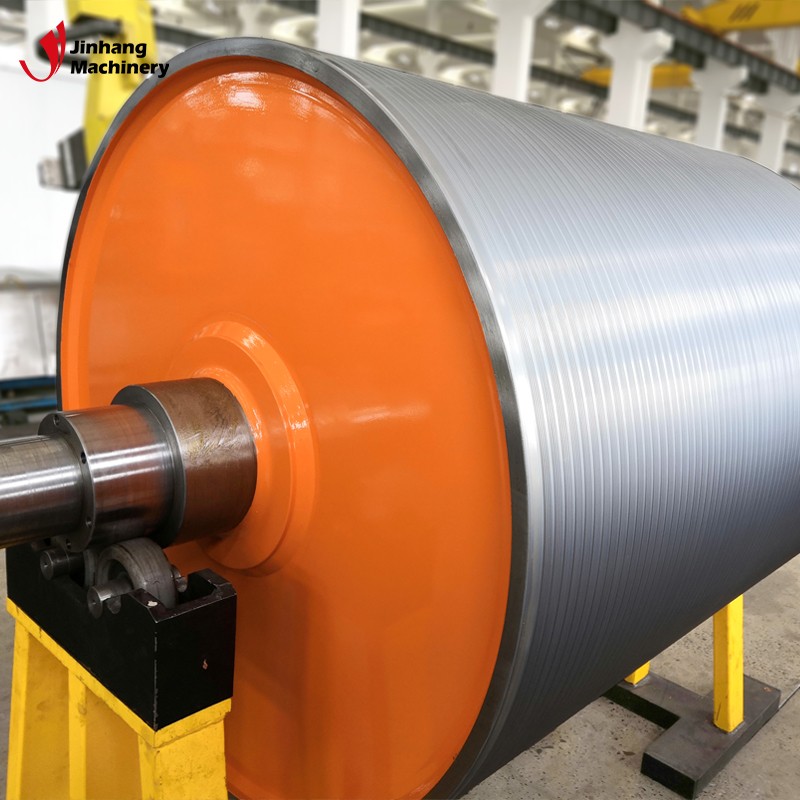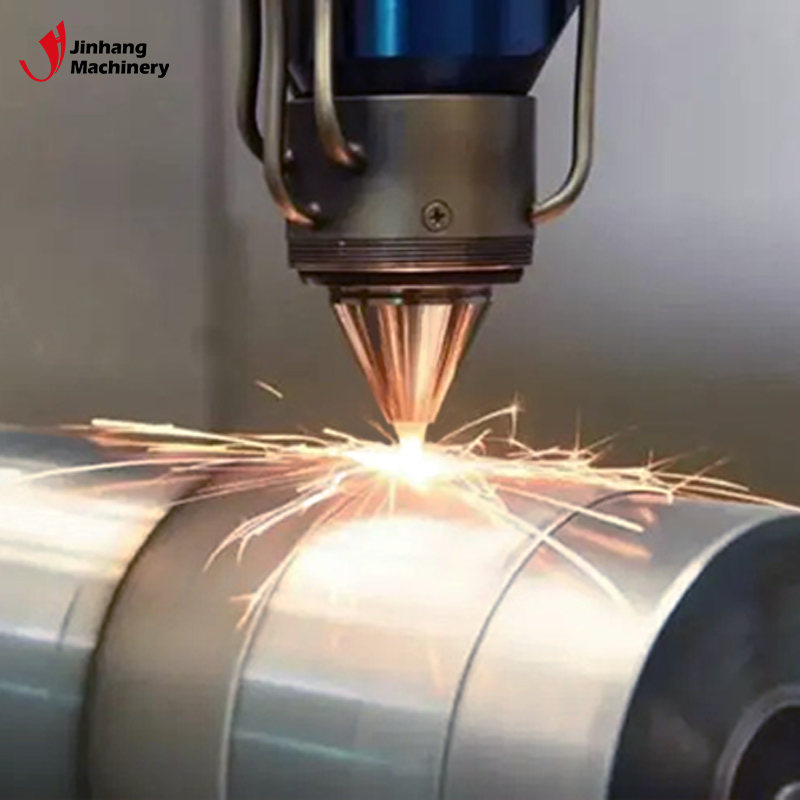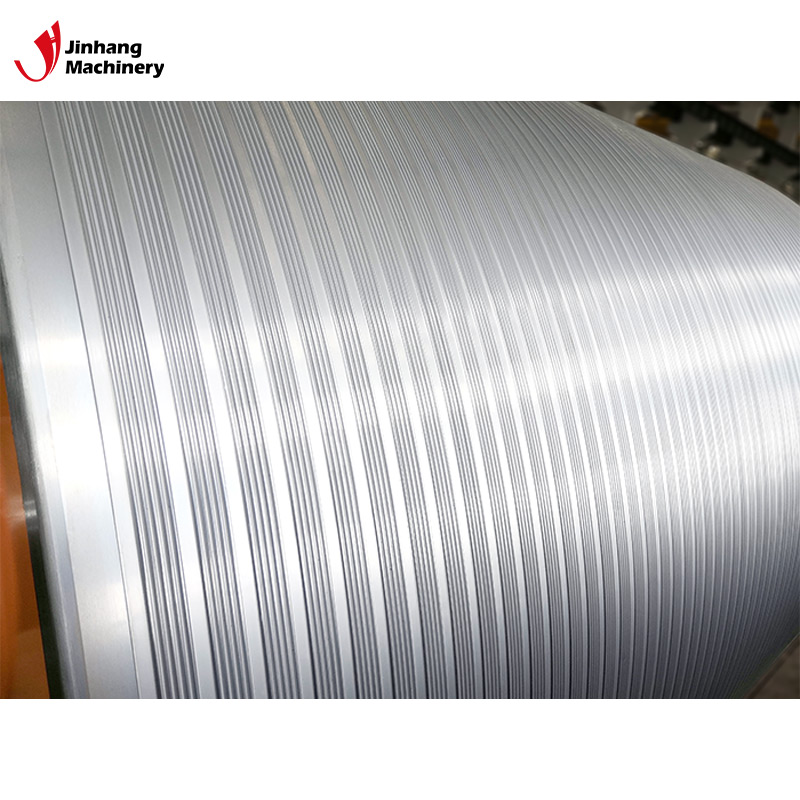What is the melting point of industrial chrome plated roller?
In industrial production, chrome plated roller is a key mechanical component, widely used in papermaking, printing, plastic processing, textile and other fields. Chrome plated rollers are coated with a layer of chromium (Cr) element on their surface to improve the wear resistance, corrosion resistance and hardness of the roller, thereby extending its service life and improving production efficiency. Understanding the physical and chemical properties of the chrome plating layer, including its melting point, is of great significance for temperature management and quality control in industrial operations.

What are the basic properties of chromium?
Chromium (Chromium), chemical symbol Cr, atomic number 24, is a metal with extremely high hardness and extremely wear resistance. Chromium belongs to transition metals in the periodic table and has a unique luster and high chemical stability. Due to its excellent physical properties, chromium is widely used in various alloys and platings, especially on the surface of industrial rollers that require high wear resistance.
● Density of chromium: about 7.19 g/cm³.
● Hardness of chromium: Mohs hardness is about 8.5
● Melting point of chromium: The melting point of chromium is 1907°C (3465°F).
These physical properties make chromium an ideal coating material that can maintain its stability in high temperature and high pressure working environments.
What are the structure and properties of industrial chrome plated rollers?
The chrome plating of industrial chrome plated rollers is usually prepared by electroplating. The chromium element is deposited on the surface of the roller substrate through an electrochemical reaction to form a dense coating. The thickness of the chrome plating layer is generally between a few microns and hundreds of microns, which varies depending on the application requirements.
Industrial chrome plated rollers have the following main properties:
● High hardness: The hardness of the chrome plating layer can reach 800-1000 HV (Vickers hardness), and even higher under certain special treatment conditions.
● Excellent corrosion resistance: Chromium elements easily form a dense chromium oxide film in the air, which can effectively protect the roller surface from oxidation and corrosion.
● Low friction coefficient: The chrome plating layer has a smooth surface and a low friction coefficient, which helps to reduce energy loss in mechanical operations.

What does the concept of melting point of industrial chrome plated roller mean?
Melting point refers to the temperature at which a substance changes from solid to liquid. For metal materials, melting point is an important physical parameter that directly affects the behavior of the material under high temperature environment. For chrome plated rollers, the melting point of the chrome plating determines whether it can remain solid under high temperature operating conditions, thereby ensuring the integrity and functionality of the roller surface.
The melting point of chromium is 1907°C, which means that the chrome plating can remain solid below this temperature and will not melt. However, in industrial applications, the operating temperature of the roller is usually much lower than this melting point, so the chrome plating rarely faces the risk of melting in actual use.
What is the impact of the melting point of the chrome plating on industrial operations?
In industrial production, chrome plated rollers are often used in high temperature and high pressure working environments, such as plastic calendering, textile printing and dyeing, metal heat treatment, etc. In these operations, the roller surface may come into contact with high temperature materials or be subjected to extremely high friction heat. Therefore, understanding the melting point of the chrome plating is of great significance to ensure the safe use of the roller.
● Temperature control: In high temperature operation, the process temperature is usually much lower than the melting point of the chrome layer, but it still needs to be strictly controlled to avoid any potential thermal damage. Excessive temperature may cause thermal expansion of the chrome layer, affecting its bonding strength and surface finish, and thus affecting product quality.
● Performance stability under high temperature environment: The high melting point of the industrial chrome plated roller ensures its physical stability under high temperature conditions and prevents the roller from failing due to surface material flow or separation in a high temperature working environment.
● Surface stress and thermal expansion coefficient: Although the industrial chrome plated roller itself has a high melting point, the expansion of the substrate (such as steel or aluminum) at high temperatures may cause micro cracking or peeling of the coating. Therefore, when designing the roller and selecting the thickness of the chrome layer, the difference in thermal expansion coefficient between the substrate and the coating should be taken into account to reduce thermal stress.
What are the factors that affect the melting point of the industrial chrome plated roller?
Although the melting point of chromium is a fixed value, in actual applications, the melting point of the chrome layer may be affected by many factors.
Purity of the chrome layer
The purity of the chrome layer directly affects its melting point. High-purity industrial chrome plated rollers have a melting point closer to the theoretical value, but in actual production, impurities may be introduced or alloys may be formed during the chrome plating process, and these impurities or alloying elements may reduce the melting point of the coating.
● Effect of impurities: If the process control is not appropriate during the electroplating process, a small amount of impurity elements (such as sulfur, phosphorus, etc.) may be introduced. These impurities will form tiny brittle areas in the chrome plating layer and reduce its overall melting point.
● Alloying effect: In some industrial electroplating processes, other metal elements (such as cobalt and nickel) may be intentionally added to improve other properties of the coating (such as corrosion resistance or toughness). These alloying elements will also affect the melting point of the chrome plating layer.
Thickness of chrome plating layer
Although the thickness of industrial chrome plated rollers does not directly change its melting point, the effect of thickness on thermal conduction and thermal stress cannot be ignored. In practical applications, thicker coatings may produce larger temperature gradients in high temperature environments, which will affect the thermal stability and mechanical strength of the coating.
Surface treatment process
The surface treatment process (such as heat treatment, cooling rate, polishing, etc.) of the chrome plated layer after electroplating will also affect its physical properties. Especially during the heat treatment process, rapid cooling may cause tiny stress concentration points to form inside the coating, which may cause local softening or deformation of the coating at high temperatures, thus affecting the actual performance of its melting point.

What are the effects of the melting point of the chrome plated layer on roller maintenance?
Understanding the melting point of the chrome plated layer is not only of great guiding significance for production operations, but also puts forward specific requirements for the maintenance of chrome plated rollers.
Inspection and maintenance after high-temperature use
After use in a high-temperature environment, the surface of the chrome plated roller should be regularly checked for any form of damage, such as microcracks, peeling, or reduced surface finish. Although the melting point of the chrome plated layer is very high, long-term high-temperature use may cause local tiny structural changes, thus affecting its service life.
Avoid sudden temperature changes
Although the chrome plated layer has a high melting point, a sharp change in temperature (such as rapid heating or cooling) may induce thermal stress, resulting in cracking or peeling of the coating. Therefore, when using chrome plated rollers, sudden cooling and heating operations should be avoided as much as possible to ensure slow and uniform temperature changes.
Temperature Control and Monitoring
In high-temperature operations, real-time temperature monitoring plays an important role in preventing industrial chrome plated rollers from exceeding their limit temperatures. Temperature sensors should be set in the roller working area to monitor the real-time temperature of the roller surface, and timely cooling measures should be taken when the temperature approaches the safety limit of the chrome plating layer.
Buy High-Quality Custom Rolls and Cylinders from JH Machinery
Are you looking for reliable rolls at competitive prices? Look no further than JH Machinery. With over 20 years of experience in the manufacturing of high-precision rolls, we offer a broad range of products, from carbon steel rolls to specialized electroplated rolls. Our products are suitable for industries such as metallurgy, printing, automotive testing, and more. We supply customized rolls at low prices, and our team is committed to providing the best service, including after-sales support. Purchase directly from our factory and enjoy wholesale pricing and promotional offers!
